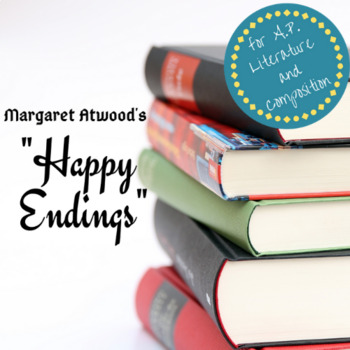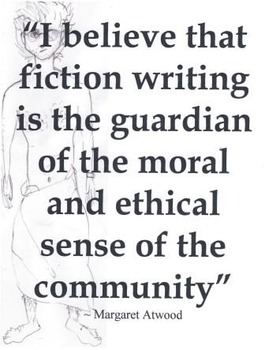

You just had to make a good faith effort at a library or a book store. These were pre-Google days, when making good on a statement like that didn’t mean you had to sit down in font of your computer for the next 17 hours. You read that poem and you say: “I’m going to read every Margaret Atwood poem I can find.” If I couldn’t write great poetry, I could certainly be good at reading it. I couldn’t imagine anyone ever reading that poem and saying, “ that unnoticed & that necessary? Don’t you think that’s a bit much?” No. They were everything I was trying to write and failing at, but more important, they showed me just how badly I was failing at it. Once I read those lines, I never forgot them. I would like to be that unnoticed/& that necessary.” One of them was Margaret Atwood’s “Variations on the Word Sleep,” which ends with the lines “I would like to be the air/that inhabits you for a moment/only. I also remember reading poems in this class from a book called 45 Contemporary Poems. I wrote horrible lines in poems with ridiculous titles and I thought I was being mysterious and profound, until my poetry professor finally said, “ coughing up ashes again? I think that’s a bit much.” If you had asked me then, I would have told you I was a poet. When I was in college, I knew I wanted to write, but I thought I was going to be a poet. Submit your own “Flash, Back” or other flash-related essays on our Submittable page! In this edition, Jeanne Jones discusses Margaret Atwood’s “Happy Endings,” and how it gave her permission to break the rules of traditional storytelling.
Happy endings margaret atwood read online series#
In the last analysis, ‘Happy Endings’ is a kind of postmodern story about stories: postmodern because it freely and self-consciously announces itself as metafiction, as being more interested in how stories work than in telling a story itself.īut within the narratives Atwood presents to us, she also addresses some of the inequalities between men and women, and exposes how relationships are rarely a level playing field for the two sexes.SmokeLong‘s “Flash, Back” series asks writers to discuss flash fiction that may be obscure or printed before the term “flash fiction” became popular, and tell us how these older or not widely-known works are meaningful. A woman motorcycling across America on her own would not feel as safe, for one, as a man doing so.)
Happy endings margaret atwood read online free#
(It is not that she isn’t free herself – she is, after all, carrying on an affair with a married, older man even though society wouldn’t exactly view that kindly – but her freedoms are of a different kind. Relationships are not equal in a society where men have things easier than women, and the third of Atwood’s six scenarios, in which Mary is the key player, makes this point plainly.įreedom, Atwood tells us, isn’t the same for girls as it is for boys, and while James is off on his motorcycle, she is forced by societal expectations to do other things.

Of course, as so often in Margaret Atwood’s fiction, there’s a feminist angle to all this.

Character motivation is more important than what they do or what is done to them. After all, do they? Perhaps the more important details are, as the closing paragraphs of ‘Happy Endings’ have it, not What but How and Why. By the time we get to the fifth plot, ‘E’, the narrator is happily encouraging us to view the plot details as interchangeable between Fred and Madge, as if they don’t really matter. Boy meets girl, girl falls in love with boy, and after various rocky patches they end up living, in the immortal words, ‘happily ever after’.Ītwood wants to put such plot lines under the microscope, as it were, and subject them to closer scrutiny. It’s a commonplace that happy endings in romantic novels ‘sell’: it gives readers what they want.

Why does Atwood do this? Partly, one suspects, because she wishes to interrogate both the nature of romantic plots in fiction and readers’ attitudes towards them. But as the story develops, the author breaks in on her characters more and more, ‘breaking the fourth wall’ to remind us that they are mere ciphers and that the things being described do not exist outside of the author’s own head (and the reader’s: Atwood’s fiction, and especially the short pieces contained in Murder in the Dark, are about how we as readers imagine those words on the page and make them come alive, too).


 0 kommentar(er)
0 kommentar(er)
